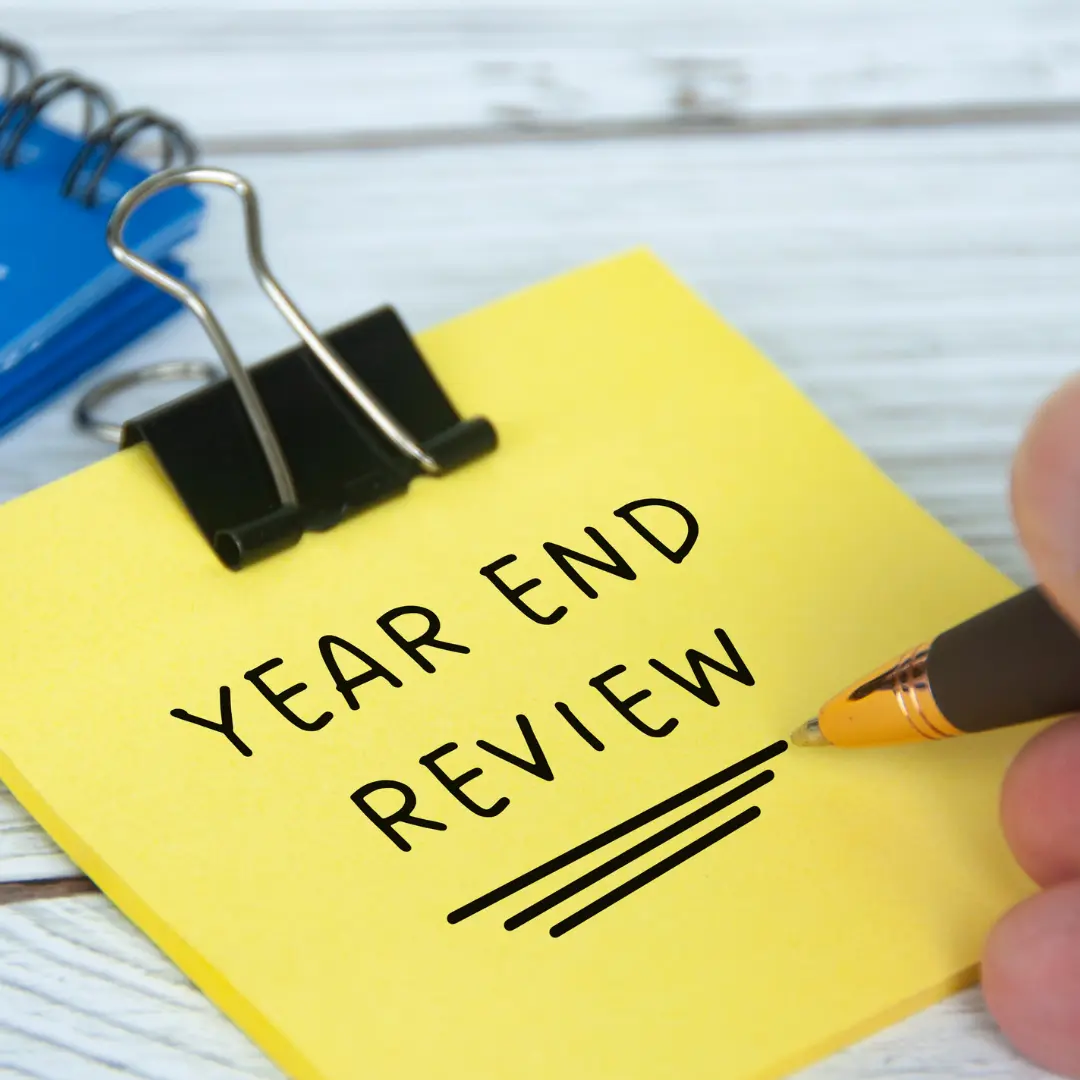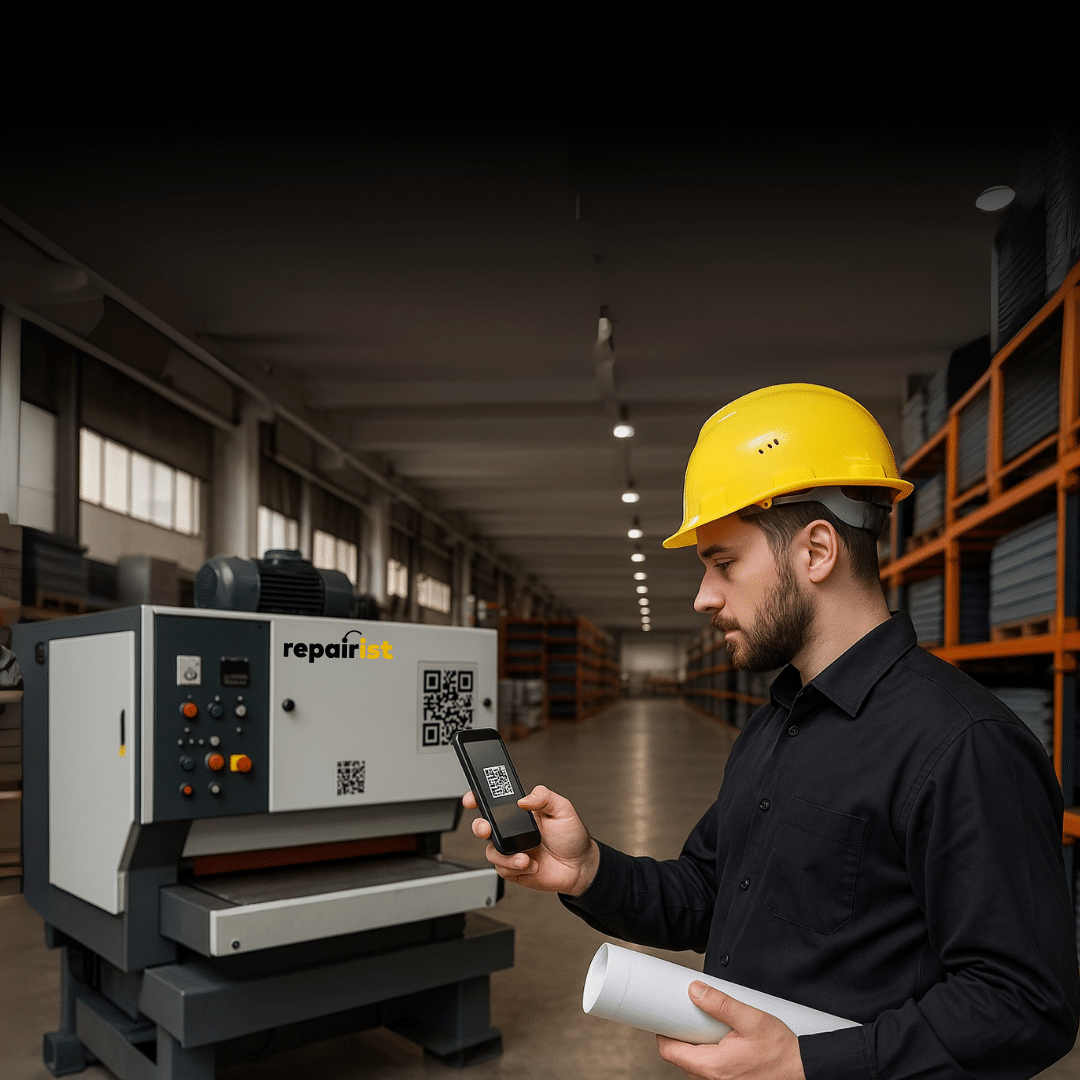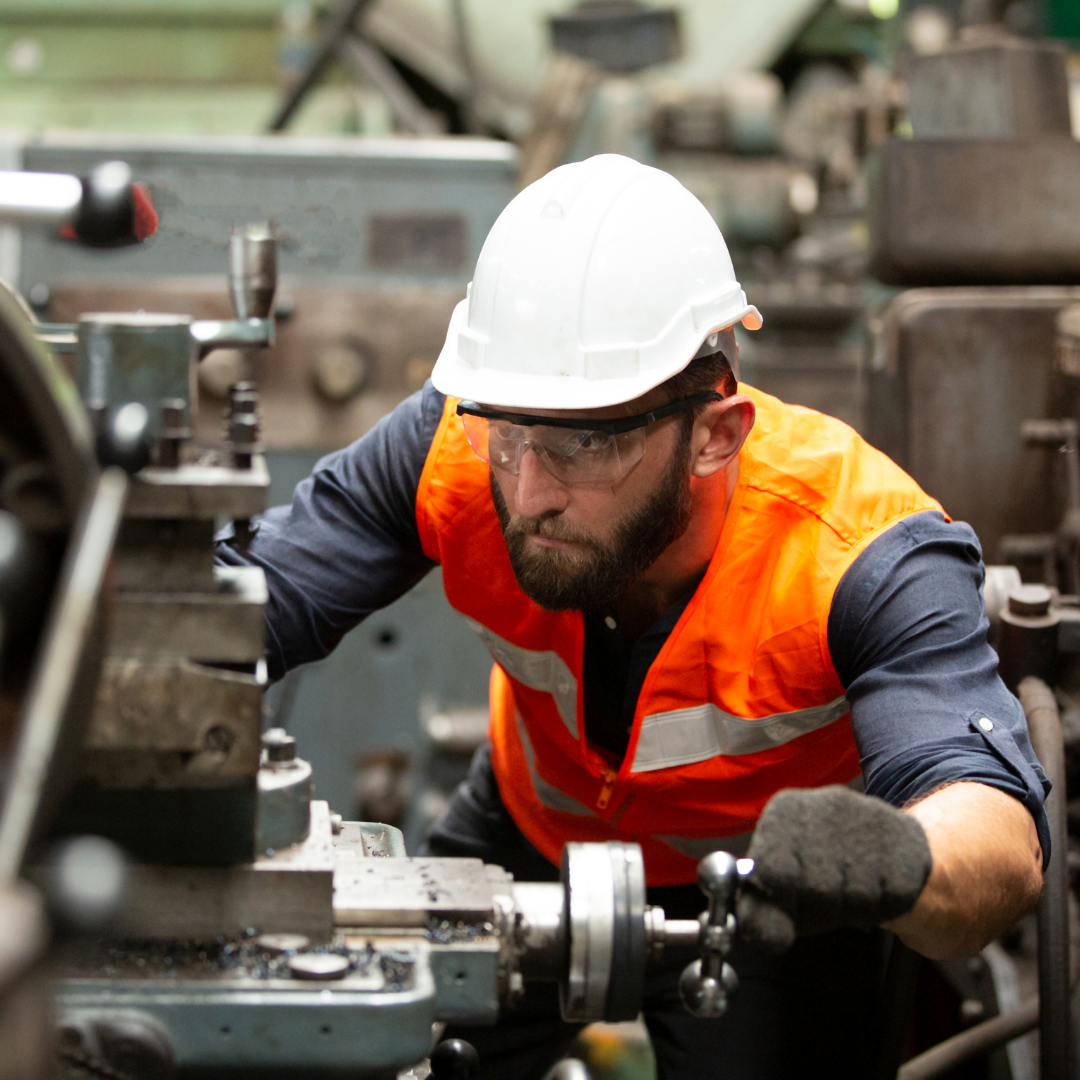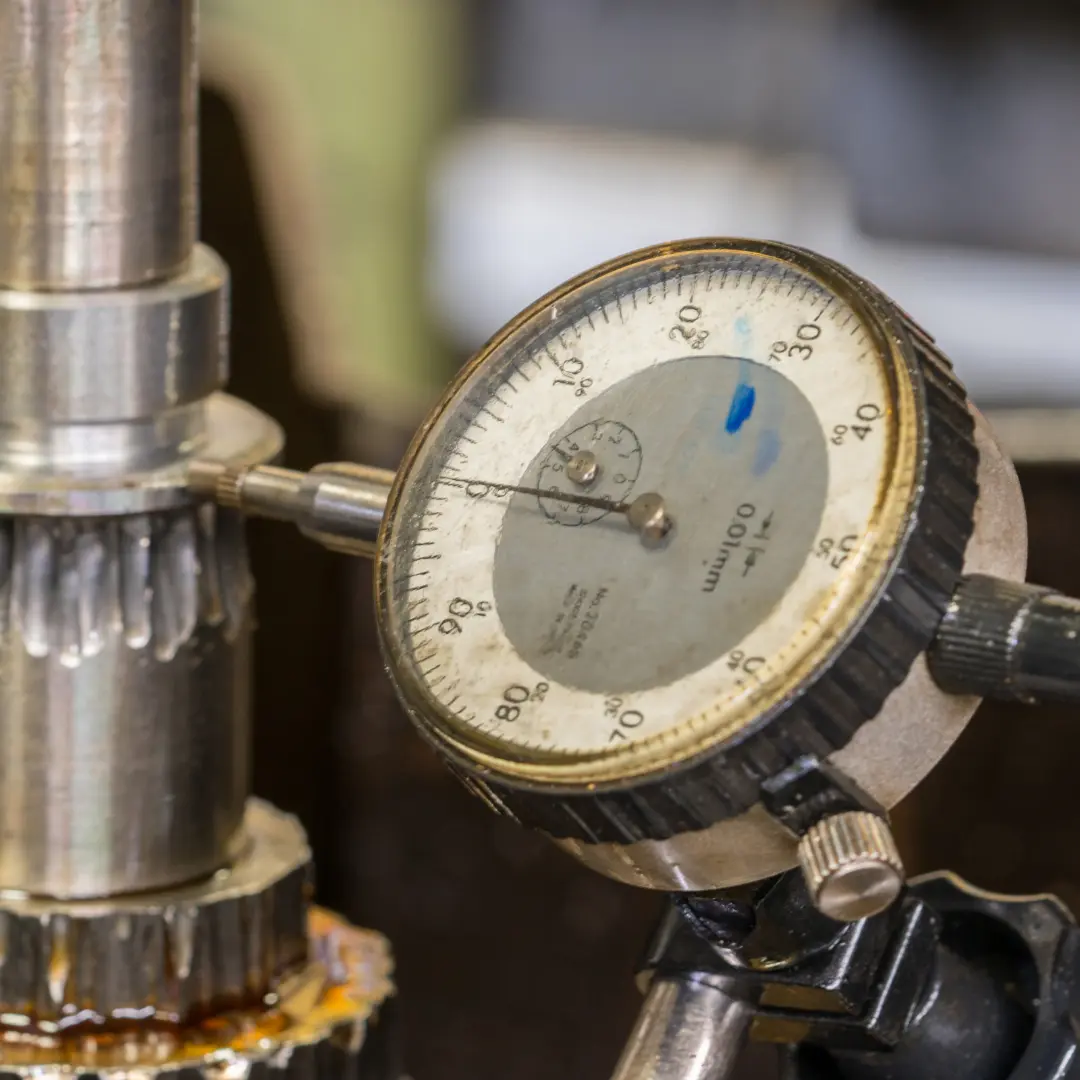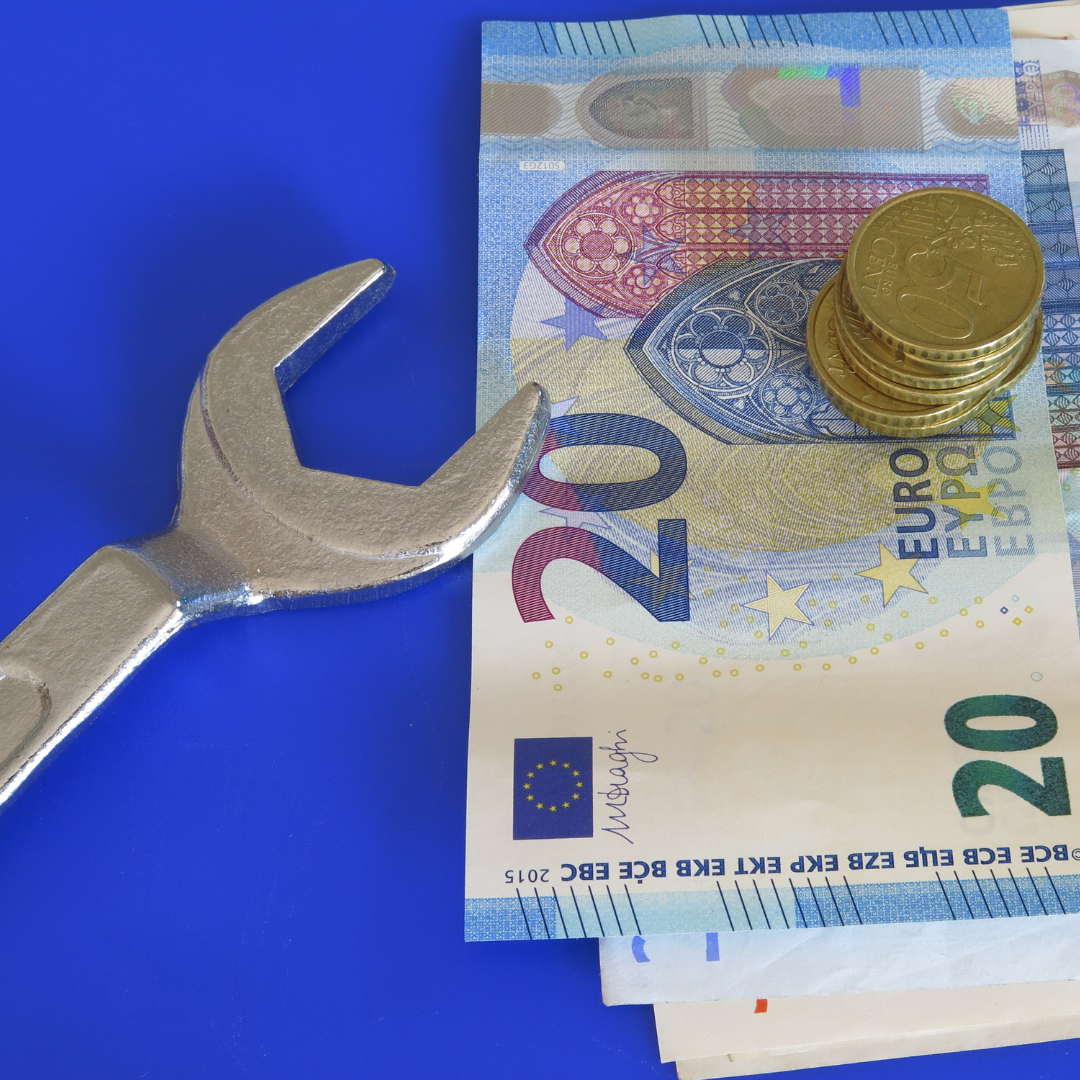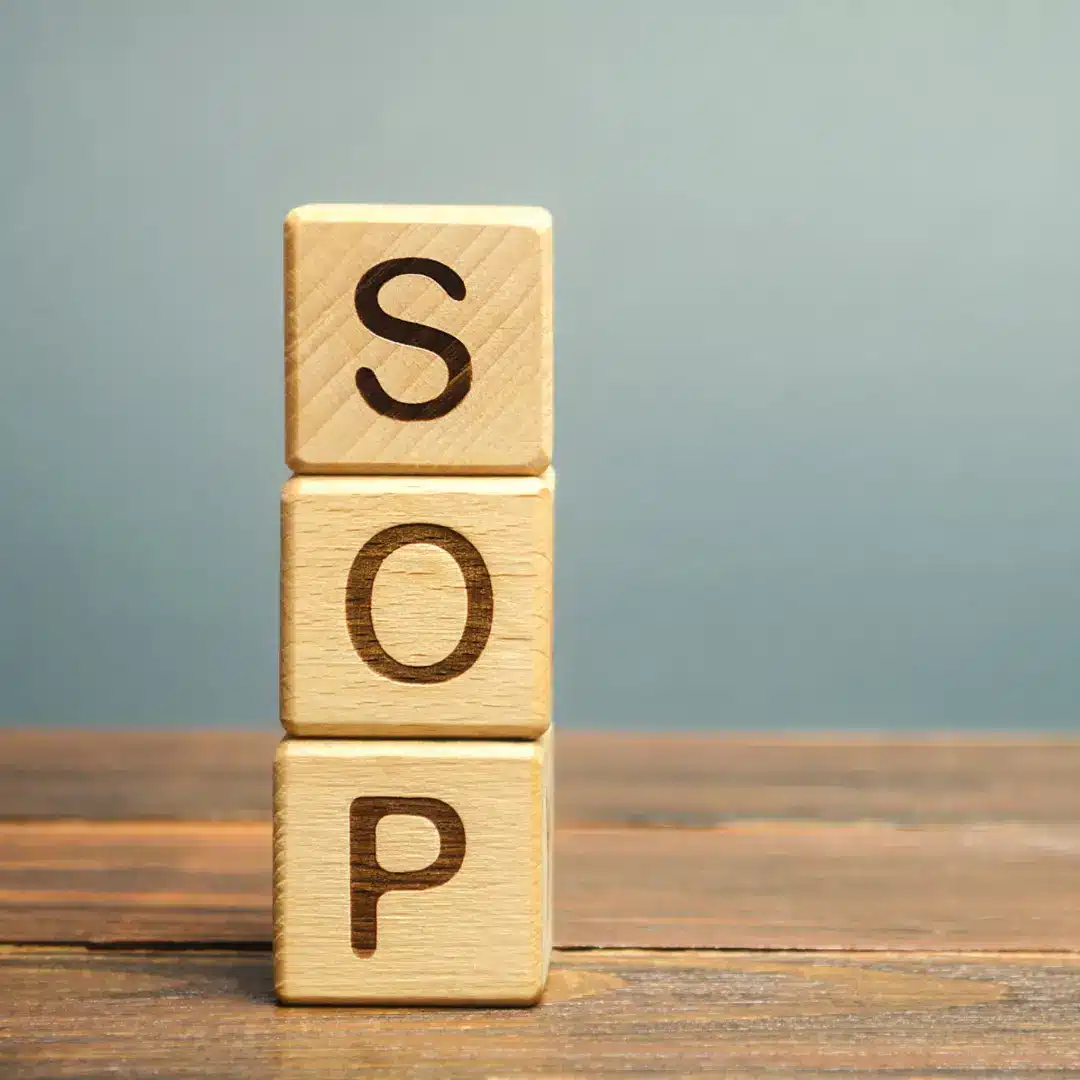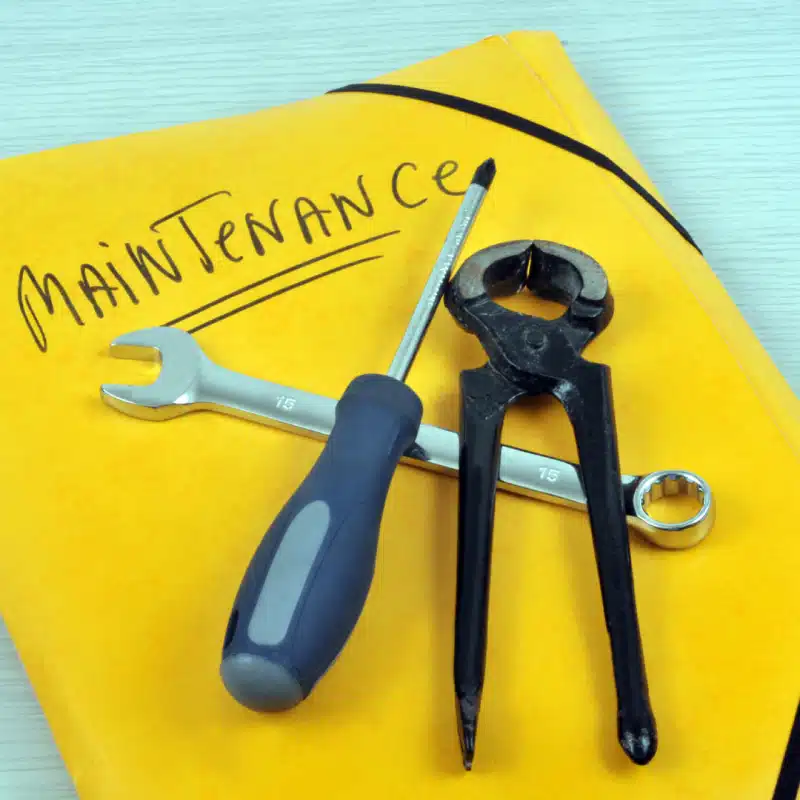For SMEs, managing maintenance processes is vital for production continuity and competitiveness. Many companies, however, are concerned about initial costs of a maintenance management system. They also wonder about the return on investment when considering a CMMS implementation. So, how long does it take to recover the CMMS investment?
Let’s take a look at the cost factors and the benefits under the conditions in Türkiye.

Costs Involved in a CMMS Investment
hen investing in a CMMS, several key cost components need to be considered:
1. Implementation and Setup
At the initial stage, asset information, machines, and existing maintenance records need to be transferred into the system. Additionally, training costs arise to ensure that users adapt to the system.
2. License or Subscription Fees
Today, cloud-based CMMS software is more commonly used. Therefore, monthly or annual subscription models are generally applied. License costs can scale depending on the number of users.
3. Maintenance and Support
For a CMMS to function effectively, software updates, technical support, and consulting services are essential. These represent ongoing costs that must be factored in to ensure sustainability.
4. Hidden Costs
There are also costs that are sometimes overlooked but are part of the process. Examples include data cleaning, employee adaptation to the system, or hardware integrations. Such as QR code scanners and sensors.
Savings Enabled by a CMMS
What makes a CMMS investment valuable is not just the digitalization of maintenance records. The true value comes from the savings it generates.
- Reduced Unplanned Downtime: With CMMS, the rate of preventive maintenance increases, significantly reducing unexpected production downtime. Improvements of around 20–25% are achievable.
- Spare Parts Management: The system defines minimum stock levels, preventing unnecessary inventory costs. This ensures that capital is not tied up and critical parts are always available.
- Workforce Productivity: Recurring work orders are automated. Technicians spend less time on paperwork and more on actual maintenance activities, increasing workforce efficiency.
- Energy Savings: Regular maintenance ensures machines operate more efficiently, leading to energy savings of about 10–15%.
Return on Investment (ROI)
So, how long does it take for these savings to reflect on the business? Field analyses in Türkiye show that CMMS investments typically pay for themselves within 12 to 24 months.
In large-scale production facilities, this period can be even shorter. As the cost of unplanned downtime is much higher. For example, the downtime of a single critical machine for just a few hours can result in greater losses than the annual cost of a CMMS investment.
Sample ROI Calculation
Let’s assume the annual cost of unplanned downtime in a production facility is 1,000,000 TL. By implementing a CMMS, these downtimes are reduced by 20%, generating savings of 200,000 TL per year.
If the annual cost of the CMMS is 100,000 TL, the investment pays for itself in just six months. From that point onward, every saving directly contributes to the profitability of the business.
For SMEs, a CMMS investment may initially appear as an additional cost. However, in the short term, it reduces maintenance expenses, increases workforce efficiency, and prevents critical equipment failures. When implemented correctly, the investment more than pays for itself within one to two years.
The real question for SMEs is: Is CMMS truly expensive, or is it actually one of the fastest-paying investments you can make?
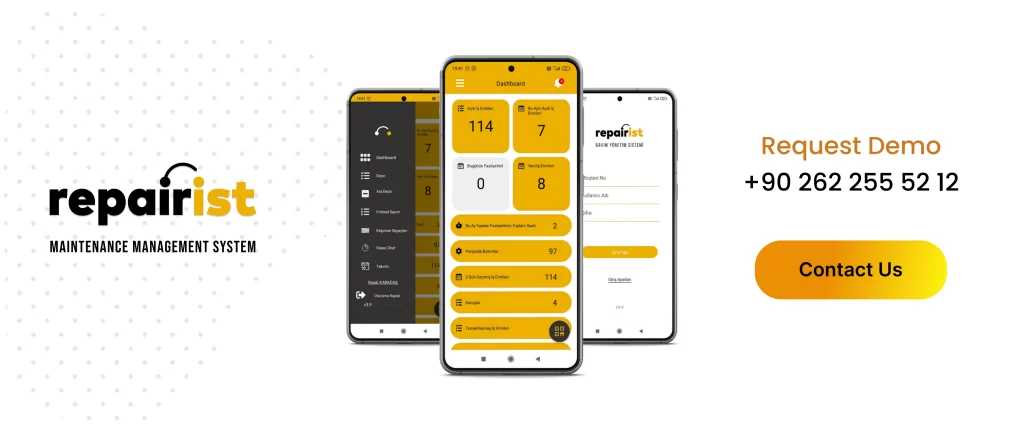
Next Steps
Have you received sufficient information about CMMS Costs and Return on Investment for SMEs” ?
repairist is here to help you. We answer your questions about the Maintenance Management System and provide information about the main features and benefits of the software. We help you access the repairist demo and even get a free trial.
Aybit Technology Inc.
Frequently Asked Questions
No. Thanks to cloud-based solutions, CMMS software offers scalable pricing. This makes it possible for small businesses to get started at a low cost.
For SMEs in Türkiye, the ROI period is typically between 12 and 24 months. However, in businesses where the cost of unplanned downtime is high, this period can drop to just a few months.
For a cloud-based CMMS, all you need is internet access and mobile/desktop devices. Hardware integrations (such as sensors or QR code scanners) are optional.


